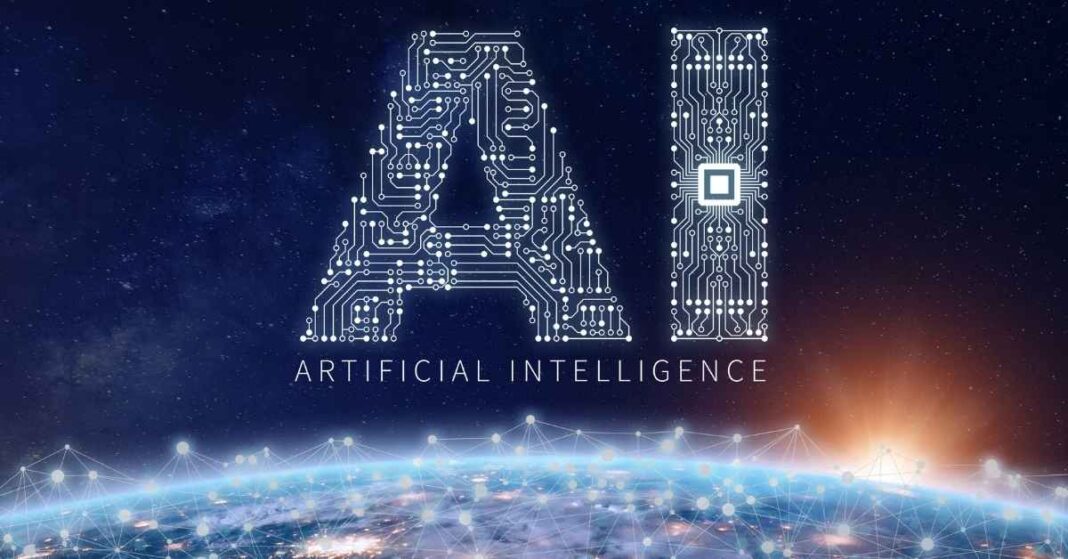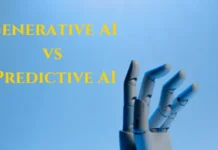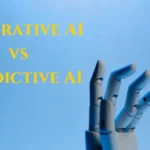Siri or Alexa, or solve your problems with your bank or with your telephone company by talking to a virtual assistant, it is thanks to this modality.
The possibilities are endless, from being able to drive your car with your voice to be able to shop with it or even being able to raise or lower the blinds in your house with a simple: “lower blinds”.
But not only does it seek to simplify people’s lives with this technique, but there is also much more. In national and international security, these mechanisms are already used to detect and predict criminal acts such as assassinations or attacks.
1. Smartphone
Smartphones are probably the clearest example of artificial intelligence in our lives. The newest mobiles have the possibility of recognizing the background in which you take the photo and adjust the shot based on it. Facial recognition (which is applied when you use face filters, for example), voice assistants, recommendations based on previous searches and many more actions that we have become accustomed to are made possible by AI.
2. Speech Recognition
More and more systems understand us and are capable of transcribing the information that we ask for.
3. Machine Learning
Although Machine Learning is indeed a branch of Artificial Intelligence, it can be used “as is” in the real world since it is not excessively theoretical. As discussed in the last article, the idea is, fundamentally, to be able to “teach” a model so that it can make its predictions without our supervision later on.
4. Voice Assistant
Precisely, voice assistants are one of the emblems of artificial intelligence for homes. Siri, Alexa, Ok Google… they are linked to a smart speaker that listens to you when you speak to it and responds consistently. 24% of homes in the United States already have a device of this style, and in Spain, its use is increasingly popular.
Who could have imagined a few years ago that a program would remind you of the shopping list, play your favourite music or tell you which is the capital of South Africa just with a voice command? Well, now it is possible.
5. Biometrics
Biometrics is the technique that allows to identify, measure and analyze human behaviour and the physical aspects of the structure and shape of the body.
Imagine that in a trial or interrogation, it could be detected if the alleged culprit tells the truth through a detector with this type of technology implanted, capable of measuring breathing or heart rate.
6. Artificial Vision
Most of the uses that have been given to it are related to information extraction and autonomous driving (discussed later). However, the academic world is light years away from the private world on this subject, and work is already being done on the development of code graphically, identifying movements in real-time, and a long etcetera.
7. Image recognition
Artificial Intelligence technology can search for photos across social media platforms and compare them against a wide range of data sets to decide which ones are most relevant during image searches.
Image recognition technology is also being used to detect license plates, diagnose diseases or verify the identity of people through their faces.
8. Autonomous Robots
The autonomy of machines is, without a doubt, the most notorious advance in Artificial Intelligence: Tesla already mass-produces its autonomous driving models, SpaceX already has the most advanced Falcon Heavy space vehicle, capable of landing safely. It controlled it at the exact point from which it was launched and without human interaction.
Amazon is finalizing the tests of its autonomous delivery zeppelin through automated drones that will deliver our orders in a matter of hours.









![Imginn Instagram Story and Photos Anonymous Viewer Tool [Free] Imginn](https://www.iblogtech.com/wp-content/uploads/2023/09/imginn-150x150.webp)




